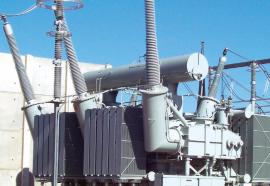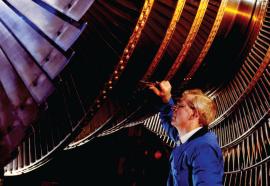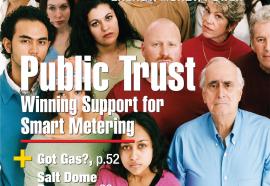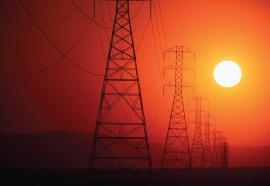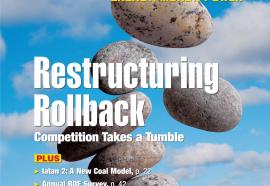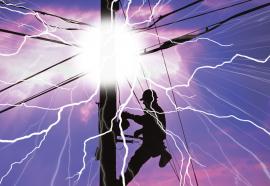Transformer Change-out
New DOE rules mandate more efficient (and expensive) equipment.
When a federal court ordered the DOE to develop more than 20 energy-efficiency rules, the first rule DOE created was a commercial rule for energy transformer distribution equipment. The new DOE rule, published at the end of last year, is the first increased efficiency standard created since the beginning of the Bush administration in 2001.

